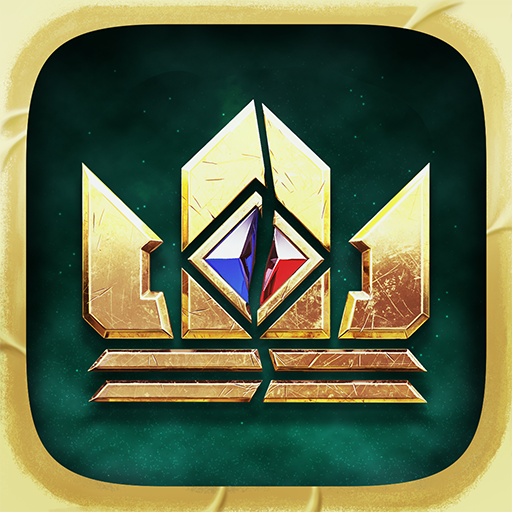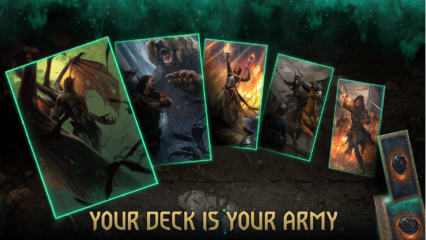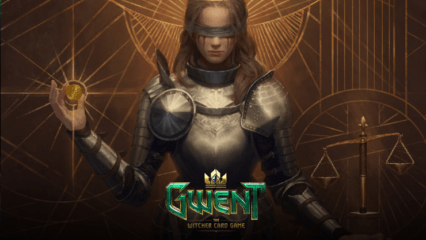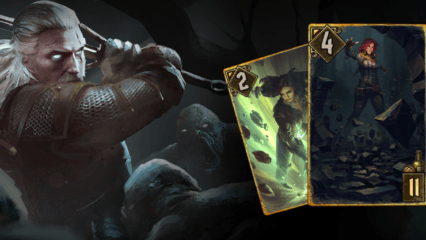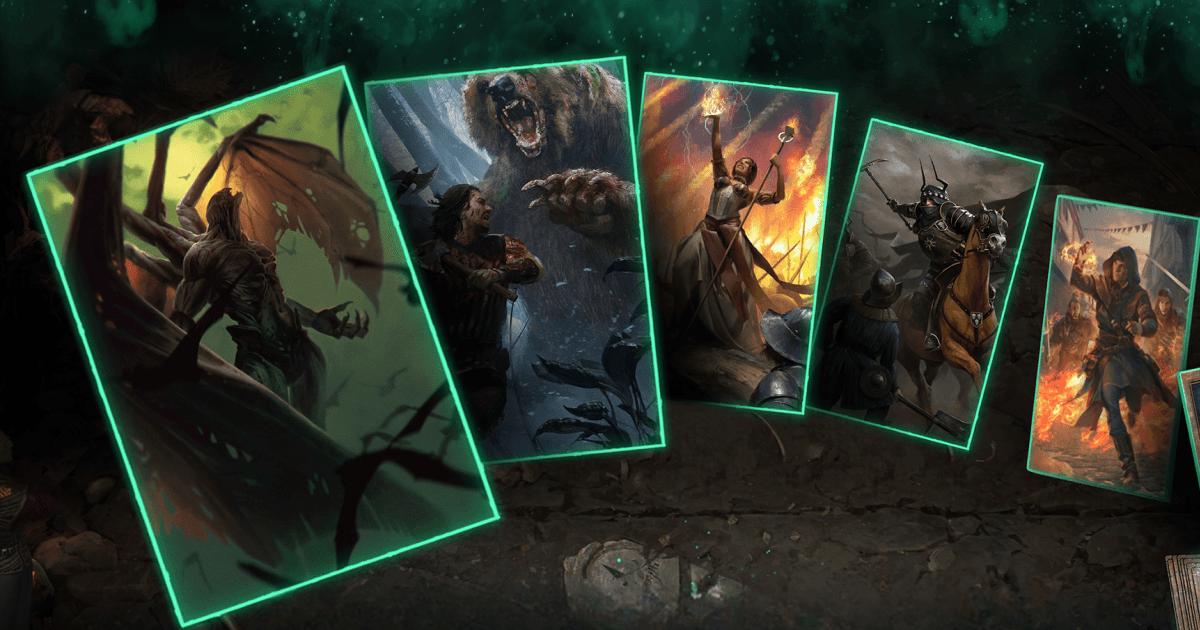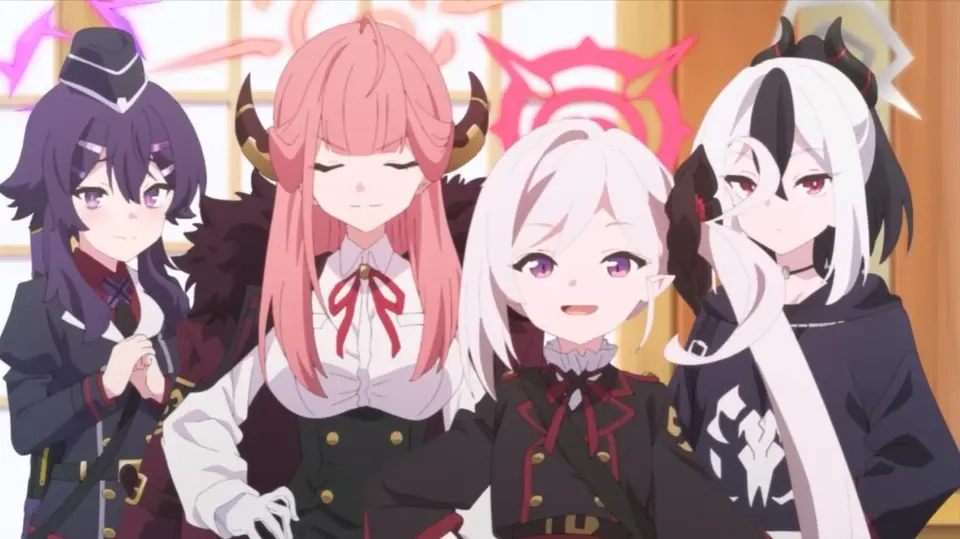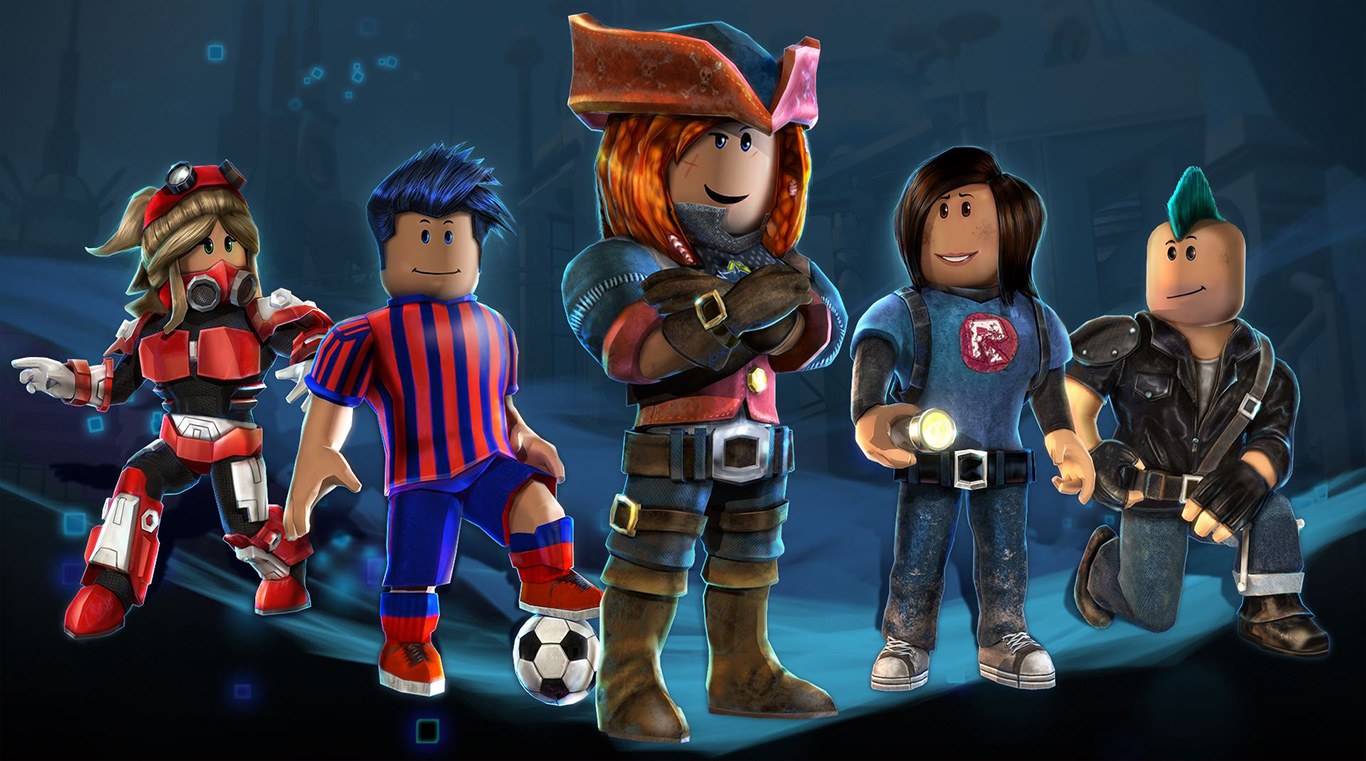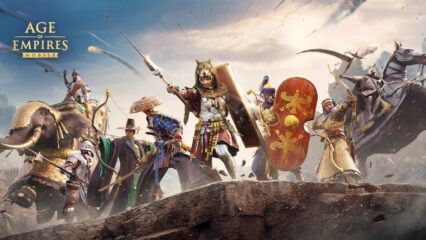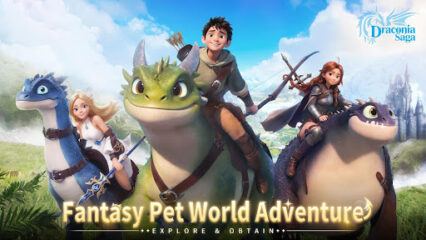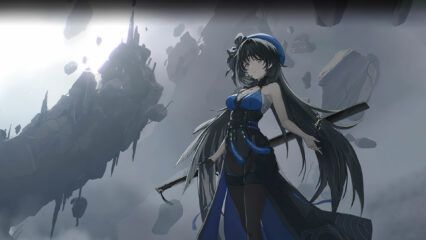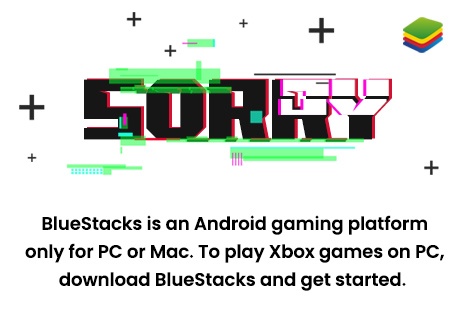GWENT: The Witcher Card Game – A Complete Beginner's Guide
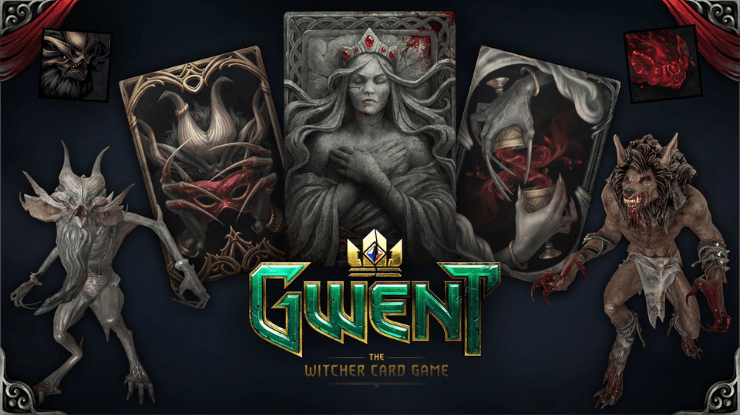
GWENT: The Witcher Card Game takes players into the rich and gritty world of The Witcher universe, offering a tactical, turn-based experience built around strategic deck building and clever card play. Whether you’re a newcomer or familiar with card games, GWENT introduces unique mechanics that set it apart from others, rewarding smart planning and outwitting your opponent over sheer luck.
Got questions about guilds, gaming, or our product? Join our Discord for discussions and support!
This guide is designed to help new players understand the core mechanics of GWENT, including how turns work, how to read card details, and how to use different decks and strategies effectively. By the end, you’ll have the knowledge you need to confidently take on your opponents and enjoy this intense battle of wits to its fullest. Let’s get started!
What Is the Objective of a GWENT Match?
Each GWENT match consists of two players going head-to-head in a best-of-three-round format. The objective is to win two rounds by having more points on the board than your opponent by the end of each round. Points are earned by playing cards on your side of the battlefield, with each card contributing a certain value to your total score.

While it may sound simple, success requires strategy. You’ll need to manage your cards over multiple rounds, know when to push hard to win a round, and when to save cards for future rounds. Running out of powerful cards too early can cost you the match, so thinking ahead is key.
How GWENT Turns Work
GWENT is turn-based, with players taking turns to play a single card at a time. Each turn has three basic steps:

- Play a Card: You play one card from your hand. Depending on the card, it may have an immediate or delayed effect.
- Activate Abilities: Some cards have abilities that can be triggered on your turn, such as “Order” effects (more on this later).
- End Turn: Once you’ve played your card and used any abilities, your turn ends, and it’s your opponent’s move.
Rounds continue until both players pass. You can pass at any time during your turn, signaling that you won’t play any more cards for the rest of the round. Once both players pass, the round ends, and the player with the highest score wins that round.
How to Read Cards in GWENT
Understanding how to read and interpret cards is crucial to mastering GWENT. Each card has several important details:

- Power (Top Left): This number shows how many points the card is worth when played. Higher numbers are better, but lower-value cards often have powerful abilities.
- Armor (Top Right): Some cards have armor during play, represented by a yellow shield with a number on it. The number acts as a pool of HP that gets deducted before the actual value of the card. Armor doesn’t add to your total power.
- Provisions Cost (Bottom Right): Visible only in the Deck Builder. This number shows the cost of adding the card to your deck, keeping in mind that your deck can’t exceed 165 provisions in total among all its cards.
- Ability Text (Center): When the card is in play, this part shows any current effects that the card may have active. Abilities may trigger immediately, require activation, or provide ongoing effects.
- Keywords: When inspecting certain cards, you may find keywords like “Zeal,” “Order,” or “Veil,” which indicate special abilities or conditions. Understanding these keywords is essential for using cards correctly.
Understanding Common Card Effects and Keywords
GWENT cards often include special effects and abilities that can shape your strategy. Here are some of the most common ones:

- Zeal: Allows a card to use its “Order” ability immediately without waiting a turn.
- Order: An activated ability that can be used on your turn, often requiring Zeal to work right away. Otherwise, you’ll have to wait a turn.
- Veil: Protects a unit from being targeted by “status effects” like Poison or Lock.
- Deploy: An effect that triggers as soon as the card is played.
- Boost: Increases a unit’s power temporarily.
- Damage: Reduces an opposing unit’s power. If a unit’s power reaches zero, it’s removed from the board.
- Lock: Disables a unit’s abilities, making it less effective.
These effects play a vital role in battles, as they allow you to manipulate the board and outplay your opponent.
Types of Decks in GWENT
GWENT features several factions, each with its own unique playstyle and strategies. Here’s an overview of the main types of deck you’ll encounter:

- Nilfgaard: Known for disruption and control, Nilfgaard decks excel at sabotaging opponents with “Lock” effects, spying mechanics, and card manipulation.
- Northern Realms: This faction emphasizes boosting units and strengthening your side of the battlefield. Their cards often work together to build a strong, united front.
- Monsters: Monsters decks focus on overwhelming the opponent with high-powered creatures and swarming tactics. Many of their cards have “Consume” effects, which let them devour other units to grow stronger.
- Syndicate: This faction introduces a unique coin-based economy. You’ll earn and spend coins to activate abilities, making resource management key.
- Scoia’tael: Known for guerrilla tactics, Scoia’tael decks often focus on agility and precision, using traps, ambushes, and ranged attacks to outmaneuver opponents.
- Skellige: Skellige decks thrive on damage and resurrection mechanics, often using self-harm effects to empower their units and bring them back stronger.
Understanding your faction’s strengths and weaknesses is critical for building an effective deck. Try different factions to find one that fits your playstyle.
Tips for New Players
If you’re just starting out, here are a few tips to help you succeed in GWENT:
- Learn When to Pass: Winning two rounds is the goal, but that doesn’t mean you should always push to win the first round. Sometimes it’s better to lose a round while saving your best cards for later.
- Balance Your Deck: A well-balanced deck will have a mix of high-power units, utility cards, and removal cards to handle different situations.
- Study Opponent Strategies: As you play, you’ll learn how different factions and decks operate. Understanding your opponent’s strategy will help you anticipate their moves.
- Keep an Eye on Card Advantage: The number of cards in your hand matters. Having more cards than your opponent in later rounds gives you a significant advantage.

GWENT: The Witcher Card Game is a deep and rewarding experience that challenges players to outthink their opponents in every match. By mastering the core mechanics, understanding card effects, and learning how different factions play, you’ll be well on your way to becoming a skilled player.
And if you want to enjoy GWENT on a bigger screen with better performance, try playing GWENT: The Witcher Card Game on your PC using BlueStacks. It’s the perfect way to take your card battles to the next level! Good luck, and may your strategy always prevail!

